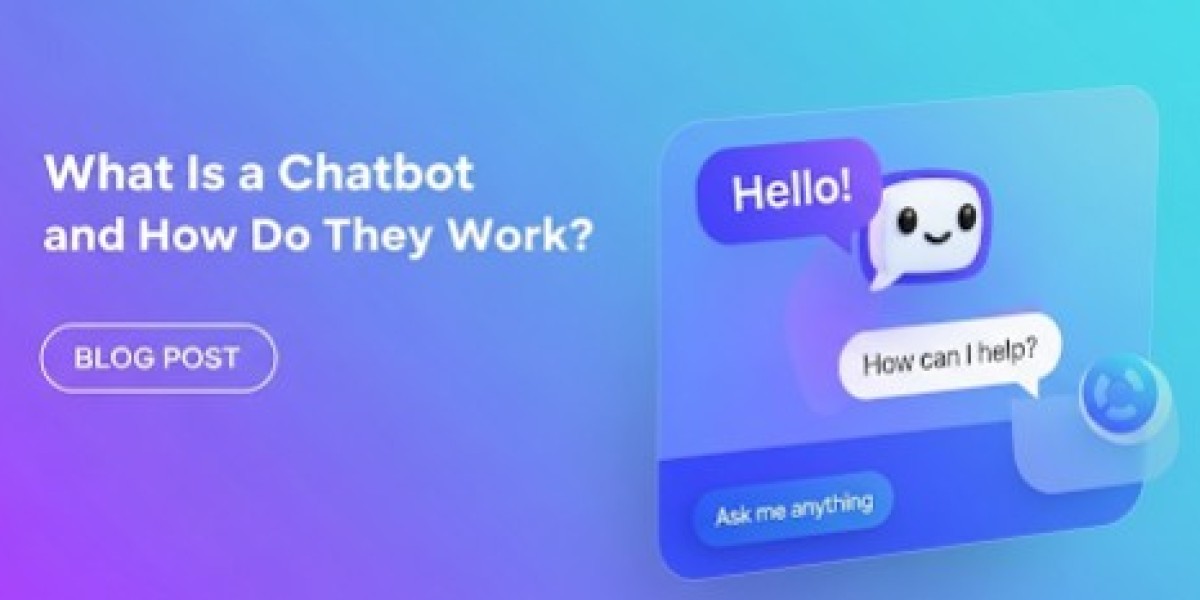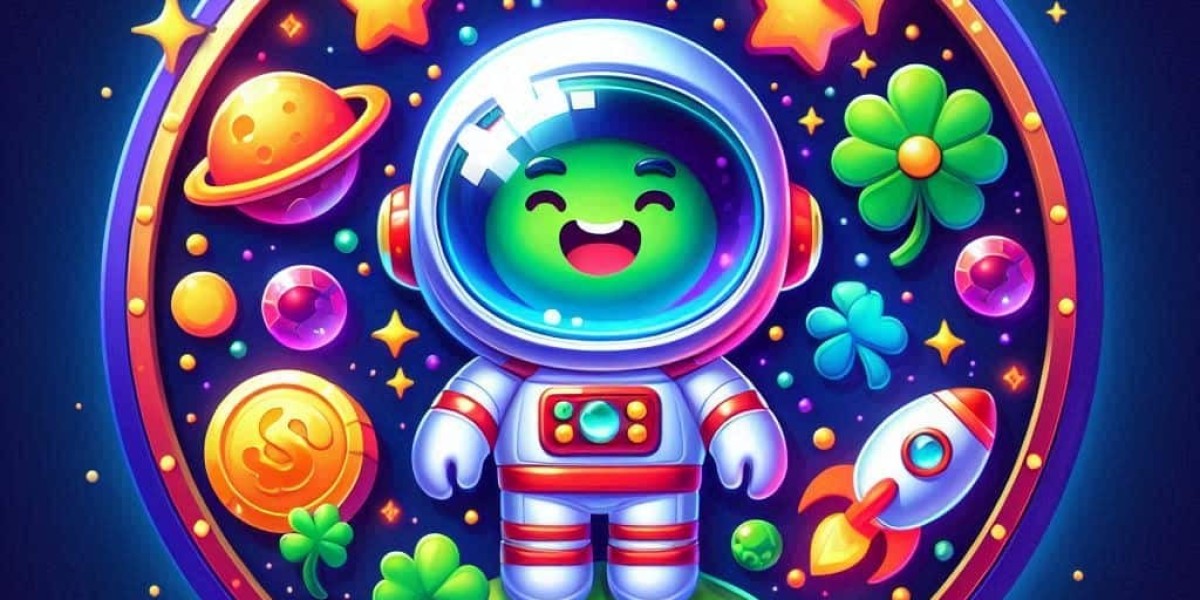In today’s digital world, chatbots have become a cornerstone of how we interact with technology, from answering customer queries to providing personal assistance. But what is a chatbot, and how do they work? This article explores the definition, functionality, types, applications, benefits, challenges, and future of chatbots in a conversational and informative way, shedding light on their transformative impact.
Introduction
Chatbots are everywhere—on websites, in apps, and even in our smart devices. They help us book flights, troubleshoot tech issues, or just have a friendly chat. So, what is a chatbot, and how do they work? At their core, chatbots are software applications designed to simulate human conversation, either through text or voice. They range from simple programs with scripted responses to sophisticated AI-driven systems that learn and adapt.
The journey of chatbots began in the 1960s with ELIZA, a program created by Joseph Weizenbaum that mimicked a psychotherapist by reflecting user statements. While ELIZA was basic, it laid the groundwork for today’s advanced chatbots, which use artificial intelligence (AI), natural language processing (NLP), and machine learning (ML) to engage in more natural and dynamic conversations.
Understanding Chatbots
To answer the question, “What is a chatbot, and how do they work?” we need to look at their core components. Chatbots are built to process user inputs—whether typed or spoken—and generate appropriate responses. They achieve this through two primary approaches:
Rule-Based Systems: These chatbots follow predefined scripts or decision trees. They match user inputs to specific patterns and respond with prewritten answers. For example, a chatbot might be programmed to reply to “What’s the weather?” with a fixed response like “Please provide your location.”
AI-Powered Systems: These use NLP and ML to understand the intent and context of user inputs, allowing for more flexible and human-like responses. For instance, if you ask, “Is it going to rain this afternoon?” an AI chatbot can interpret the query and fetch real-time weather data.
NLP is the key technology here, enabling chatbots to parse human language, identify intent, and generate coherent replies. ML allows them to improve over time by analyzing past interactions. In comparison to rule-based systems, AI chatbots are more versatile but require more complex development.
Types of Chatbots
When exploring what a chatbot is and how they work, it’s crucial to understand their different types, each suited for specific tasks.
1. Rule-Based Chatbots
Rule-based chatbots are the simplest type. They operate on a set of predefined rules, responding only to specific inputs they’re programmed to recognize. These are often used for straightforward tasks like answering FAQs or guiding users through menus.
For example, a rule-based chatbot on an e-commerce site might respond to “What are your shipping options?” with a list of delivery methods. However, if the user asks something outside its script, like “Can you recommend a gift?” it might fail to respond meaningfully.
2. AI-Powered Chatbots
AI-powered chatbots are more advanced, using NLP and ML to handle a broader range of queries. They can be divided into two subtypes:
Retrieval-Based Chatbots: These select responses from a database based on the user’s input. They’re effective for structured tasks, like providing product details.
Generative Chatbots: These use large language models (LLMs) to create responses on the fly, making them ideal for open-ended conversations or creative tasks.
AI chatbots can understand context, making them more conversational. For instance, if you ask, “What’s the best laptop for students?” an AI chatbot might analyze your needs and suggest specific models.
3. Hybrid Chatbots
Hybrid chatbots combine rule-based and AI-powered approaches. They use rules for simple, repetitive tasks and AI for complex queries, offering a balance of efficiency and flexibility. Many businesses prefer hybrid chatbots for their versatility in handling diverse customer interactions.
Applications of Chatbots
Understanding what a chatbot is and how they work reveals their vast applications across industries. Here’s how they’re making an impact:
1. Customer Service and Support
Chatbots are a game-changer in customer service, handling inquiries 24/7 without human intervention. They can answer common questions, troubleshoot issues, and escalate complex cases to human agents. For example, banks use chatbots to help customers check balances or report lost cards, reducing wait times significantly.
2. Sales and Marketing
In sales and marketing, chatbots engage potential customers, provide product recommendations, and guide users through purchases. On e-commerce platforms, they analyze user behavior to offer personalized suggestions, boosting sales. For instance, a chatbot might suggest accessories based on a user’s browsing history.
3. Healthcare
Chatbots are transforming healthcare by scheduling appointments, checking symptoms, and providing mental health support. Chatbots like Woebot and Wysa use cognitive behavioral therapy (CBT) techniques to help users manage stress and anxiety, offering a private space for emotional expression.
4. Education
In education, chatbots act as virtual tutors, answering student questions and explaining complex topics. They provide 24/7 support, helping students prepare for exams or complete assignments. Some platforms use chatbots to deliver personalized learning experiences.
5. Entertainment
Chatbots are also popular in entertainment, creating interactive experiences. Some are designed as virtual companions, like an AI girlfriend, offering conversation and emotional support for users seekingம
6. Other Industries
Chatbots are used in finance for investment advice, in travel for booking flights, and in real estate for scheduling viewings. Their ability to automate tasks makes them invaluable across sectors.
Benefits of Chatbots
The widespread use of chatbots stems from their many advantages:
24/7 Availability: They provide instant responses at any time, improving user satisfaction.
Cost-Effectiveness: Automating tasks reduces the need for human staff, saving costs.
Scalability: Chatbots can handle multiple users simultaneously, unlike human agents.
Personalization: AI chatbots tailor responses based on user data, enhancing experiences.
Data Collection: They gather valuable user data for business insights.
Benefit | Description |
24/7 Availability | Responds to queries anytime, reducing wait times. |
Cost-Effectiveness | Reduces staffing needs, lowering operational costs. |
Scalability | Handles unlimited simultaneous conversations. |
Personalization | Offers tailored responses based on user preferences. |
Data Collection | Collects interaction data for improving services. |
Challenges and Limitations
Despite their benefits, chatbots face challenges:
Context Understanding: They may struggle with ambiguous or nuanced queries.
Complex Queries: Highly emotional or complex questions often require human intervention.
Ethical Concerns: Privacy, data security, and AI bias are significant issues.
Technical Limitations: Integration with existing systems and maintenance can be complex.
Challenge | Description |
Context Understanding | Difficulty interpreting nuanced or ambiguous user inputs. |
Complex Queries | Limited ability to handle emotionally charged or complex conversations. |
Ethical Concerns | Issues like privacy, data security, and potential AI biases. |
Technical Limitations | Challenges in system integration and ongoing maintenance. |
The Future of Chatbots
Looking ahead, the question of what a chatbot is and how they work will evolve with technology. Advancements in AI and NLP will make chatbots more human-like, capable of nuanced conversations. Integration with voice assistants, IoT devices, and augmented reality will create seamless experiences. Ethical guidelines and regulations will also become crucial to ensure responsible use. Chatbots are part of a broader ecosystem of all AI tools, including machine learning models and computer vision, driving innovation across industries.
Conclusion
Chatbots have transformed how we interact with technology, offering efficiency, scalability, and personalization. From customer service to healthcare, their applications are vast and growing. As we continue to explore what a chatbot is and how they work, their role in our digital lives will only expand, provided we address their challenges responsibly.








